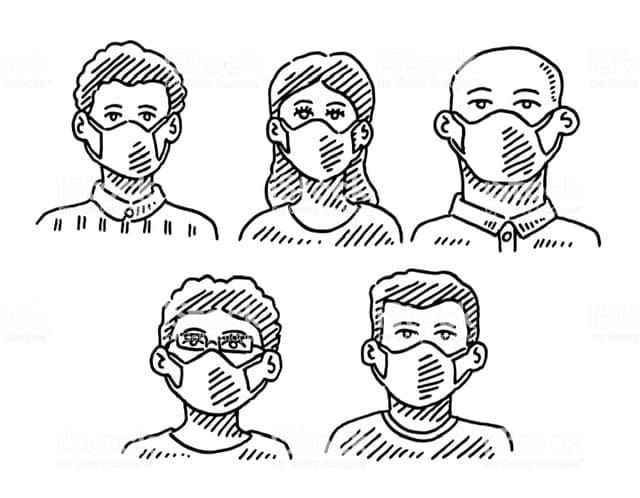COVID-19 has revealed the critical need for face masks, which has resulted in the evolution of various kinds of masks.
Face masks have become one of the highly visible products in the past few months. Entrepreneurship and ingenuity in humans have come to surface in these testing times.
Face masks are life savers and are important barriers for the transmission of SARS-CoV-2. As the mode of transmission is through respiratory droplets, covering face is critical. The intensity of transmission depends on the size of the virus and the load. Filters that can trap finer particles of submicron size are needed. It is well accepted that to counter finer particles that easily diffuse through substrates, Filtering Facepiece Respirator (FFR) is needed. These are commonly referred to as N95 masks.
N95 masks are generally used in scenarios where aerosols are generated. In hospital settings, these are used in isolation wards and where intubation is encountered. The efficiency of masks depends on 3Fs: 1) filtration capability; 2) fit and 3) form or comfort. In situations where aerosols are not an issue, multiply face masks commonly referred to surgical masks are used. Surgical masks serve as a barrier to bodily fluids and exhalations.
Prior to COVID-19, medical and first responder community widely used N95 and surgical masks. However, due to the severity of transmission and to support social distancing, face covers made from fabrics have evolved. However, depending on the structure and the material makeup, its ability to filter may vary. There is need to improve the filtration capability of common face covers.
FISORS Development
Face covers with enhanced filtration capability can be classified as “FISORS.” This classification has been derived by this scribe and will focus on enhanced face covers to protect the face (nose and mouth). Therefore, face masks can be classified into four broad categories: 1) Filtering Facepiece Respirators; 2) Surgical Masks; 3) FISORS and 4) Face Covers.
Fisors can have multiple types of filter substrates depending on the need. However, studies have shown that copper and cellulosics such as cotton do a better job in destabilizing virus compared to plastics. Additionally, it known that structures that provide a tortuous flow to air, may serve as better filter. Nonwovens due to random arrangement of fibers have been used as filters. Fisors can have nonwovens from materials like cotton to enhance filtration. Recently, a three-way collaboration between Nonwovens and Advanced Materials Laboratory at Texas Tech University, Lubbock-based businesses, Scarborough Specialties, Inc. and E Innovate, LLC have resulted in the development of face cover with cotton nonwoven as filter substrate. “In the time of stress, it is necessary to collaborate and find right partners to develop tools to race against COVID-19,” stated Ronald Kendall, Jr., founder and president of the year-old startup E Innovate, LLC.
Cotton is finding new and industrial applications, which shows the need for investments in research. COVID-19 has shown that innovations will play an important role in waging war against diseases as well as enhancing manufacturing activities.

